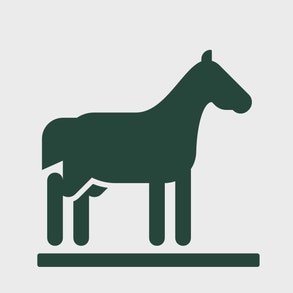We are here to help...
At SPILLERS™, we are dedicated to providing expert support and guidance for your horse’s nutritional needs. Whether you have a question about our products, need advice on feeding, or would like to speak to one of our Nutrition Advisors, we're here to help. Your feedback is important to us, and we encourage you to get in touch with any enquiries. Please don't hesitate to contact us through the methods below, and we'll do our best to help you as quickly as we can.
FAQs
-
Can all horses eat straw?
Not necessarily. Horses with dental issues or a history of colic may not be suitable candidates for straw. Always consult your vet or equine dental technician if you’re unsure.
Can I feed straw to my good doer who is prone to gastric ulcers?
In once recent study, there was no increased association between feeding straw and gastric ulcers. For horses who need to avoid long periods of time without food straw ideal for extending eating time.
Which type of straw is best?
- Oat straw – usually the most palatable.
- Barley straw – palatable, but can sometimes have awns (beards) which may cause irritation.
- Wheat straw – generally less palatable but often more widely available.
Ultimately, the most important factor is quality – clean, bright, and mould-free.
Should I soak straw?
There’s no need to soak straw for sugar reduction as its water-soluble carbohydrate (WSC) content is already low (around 6–7%). However, a short soak can help reduce dust and spores, or improve palatability for fussy eaters.
Can straw be steamed?
Yes! Steaming straw can improve its hygienic quality and palatability, and reduce respirable dust, mould spores, and bacteria – making it particularly useful for horses with respiratory issues.
How much straw should I feed?
30–50% of the total forage ration can be replaced with straw for horses with no dental problems. Always introduce gradually and monitor droppings and condition closely.










